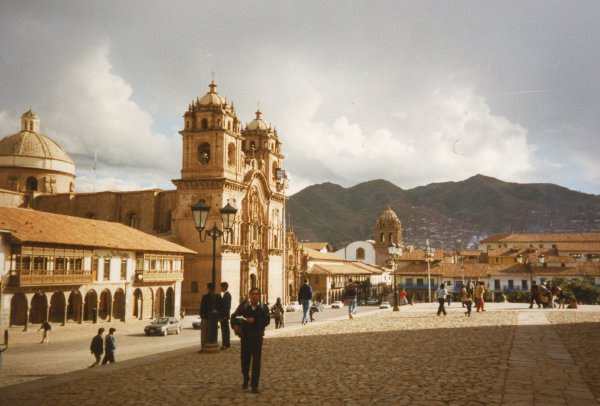
The first thing we were served upon arrival was a coca tea, a traditional remedy for altitude problems and just about any other health problems in this area. Apparently, different coca-based concoctions were not only used as a tranquilisers and stimulators in peace time, for every occasion from giving birth to religious ceremonies, but they were also used by the running messengers in times of war between the many Indian tribes in the pre-Spanish kingdoms, and by the slaves in the silver mines in Conquistador times.
Cusco was the political and religious capital of a kingdom that, at its height, spanned an area from present Columbia in the North to Argentina and Chile in the South. Incas, a Quechuan people of Peru, established this empire about 1100AD. Cusco had legendary wealth at those times, and this was represented not only in golden decorations on the houses and temples, abut also in the impressive masonry used to construct the houses. In spite of the extensive destruction of such buildings by the Spaniards, many buildings still stand. The old town wall is one of the most impressive constructions I have ever seen.
This is a Spanish cathedral build on the site of an old Inca temple.

Incas built their buildings without mortar. The stones were cut so that they fitted perfectly together. The block were not made into perfect rectangles, because the jigsaw-fit that they used instead offered much more hold during the frequent earthquakes. When a strong earthquake shakes the ground of Cusco, many post-Inca buildings crack, but the remnants of the big stone block-based buildings just get a bit of a shake and set back into their stable position.
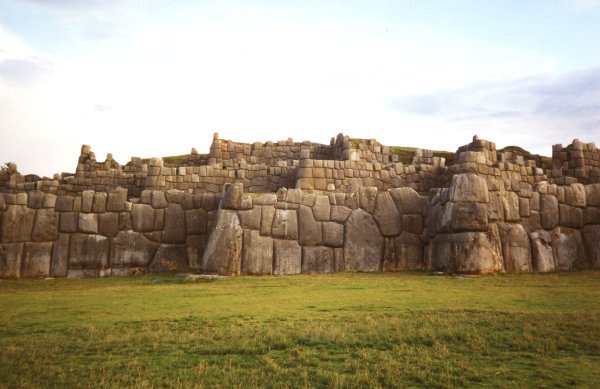
Here, on the left, I am posing with the stone blocks. On the right, Titti with Andreas and Mette, on one of the hikes in the mountains close to Cusco.
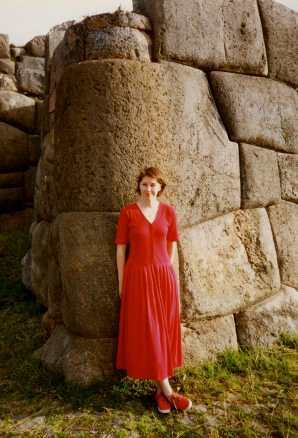
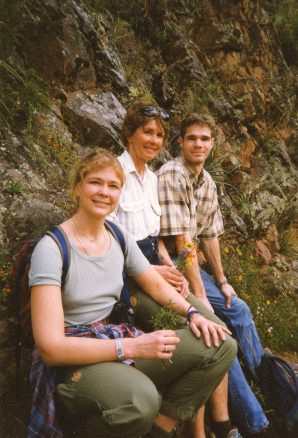
Soon after arrival to Peru, we visited Pisaq, a village in the mountains above Cusco. Pisaq is a fascinating Indian village in the fertile Urumba valley. Colourful does not quite describe the local people and the local market. And everyone was smiling!
We walked for a few hours above Pisaq along old Inca trails, and enjoyed the views. They were breathtaking -- both literally and figuratively. I could not believe how green the countryside is, at an altitude above 4000m!
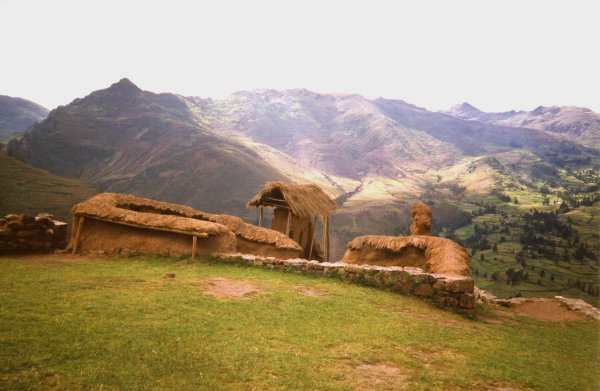
The locals still practice their ancient methods of agriculture on stepped terraces that predate Inca times.
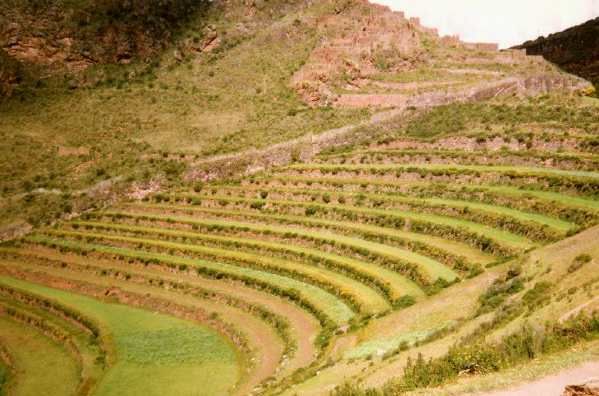
In the highlands above Cusco we visited several old Indian constructions. The most impressive was Ollantayambo, a huge military construction from Inca times. It was built from enormous stone blocks, some weighing 30 tons. It is one of the few places where Spanish lost a battle against the Incas.
This is an ancient royal bathing place from the Inca period.
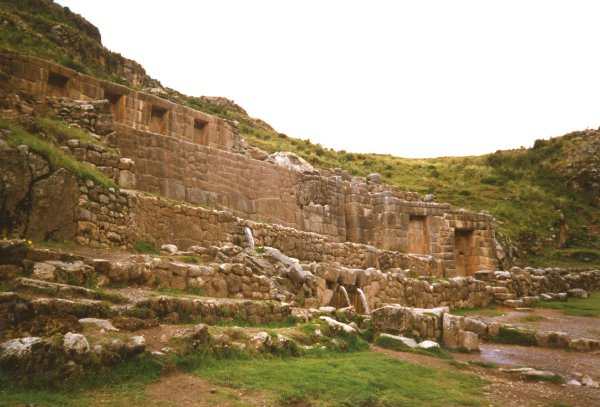
This is Mette and me, posing with Andes flowers.
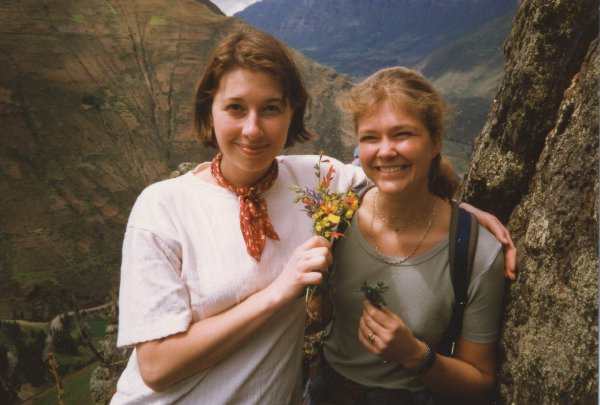





|
page 2 of 6
Silvija Seres